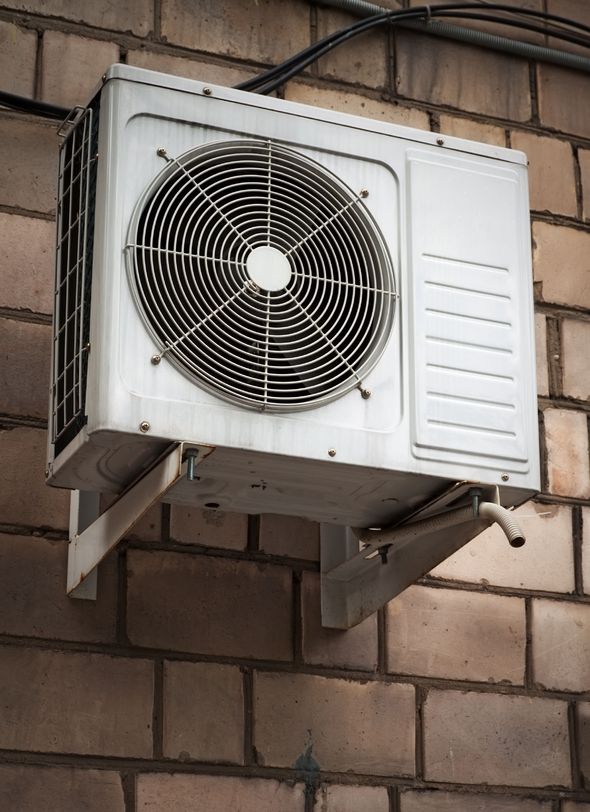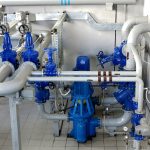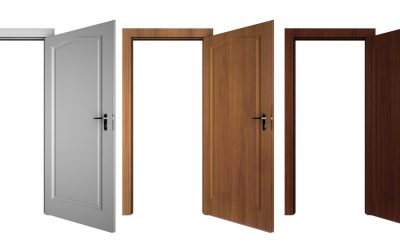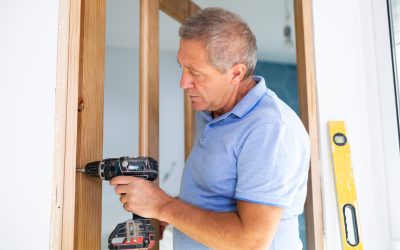There are a variety of reasons to upgrade those windows such as increased resistance to thermal transfer, but it can be tough to decide which windows are the best choice. There are several kinds of windows available including traditional wood, aluminum and fiberglass frames. However, one of the most common solutions is Vinyl Windows. Vinyl options include vinyl clad wood and solid vinyl frames. These are excellent choices when a full window replacement or installation is required. Alternately, vinyl inserts are available that replace the inner portion of the window without needing the removal of the original frame. One concern with this solution is that they reduce the actual visible area, but only marginally.
There are several benefits to using Vinyl Windows. For example, vinyl completely blocks sound and heat transfer around the frames. Using a vinyl window with a flush fin frame can prevent leaks that might occur between the window and the supporting wall frame. This type of window may not suit all homes and is typically installed on buildings that have stucco or other kinds of flat siding. Houses that use brick often have the window inset, and they require the block frame. This kind of frame works well for many types of window refits.
There are other things consider when selecting new windows. For instance, should the installation use single hung or double hung windows? Single hung windows are the most common and this choice is more budget friendly. Double hung windows allow the user to lower the top sash for better airflow and easier cleaning. Double hung windows can also tilt so that cleaning the frame is easier. Yet another consideration is the number of panes. Double pane windows are more effective at blocking the transfer of heat no matter which direction it is trying to move.
Modern windows have another feature that is very important, and this is a microscopic layer of metal placed over the glass. This is known as a Low-E (Low-Emissivity) film. The film is transparent but will have varying levels of shading based on composition and manufacturing methods. The two most common types of Low-E glass are pyrolytic or hard coat and spectrally selective or soft coat. Hard coat is made mostly from tin oxides and applied to hot float glass. Soft coat is primarily made from using silver oxides. Learn more about vinyl window replacements from the experts at website.








